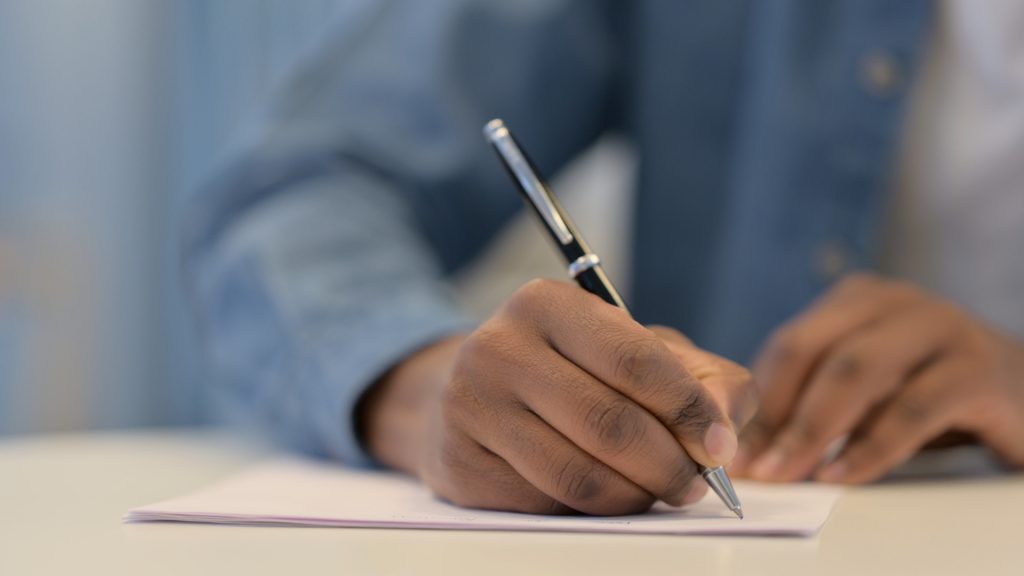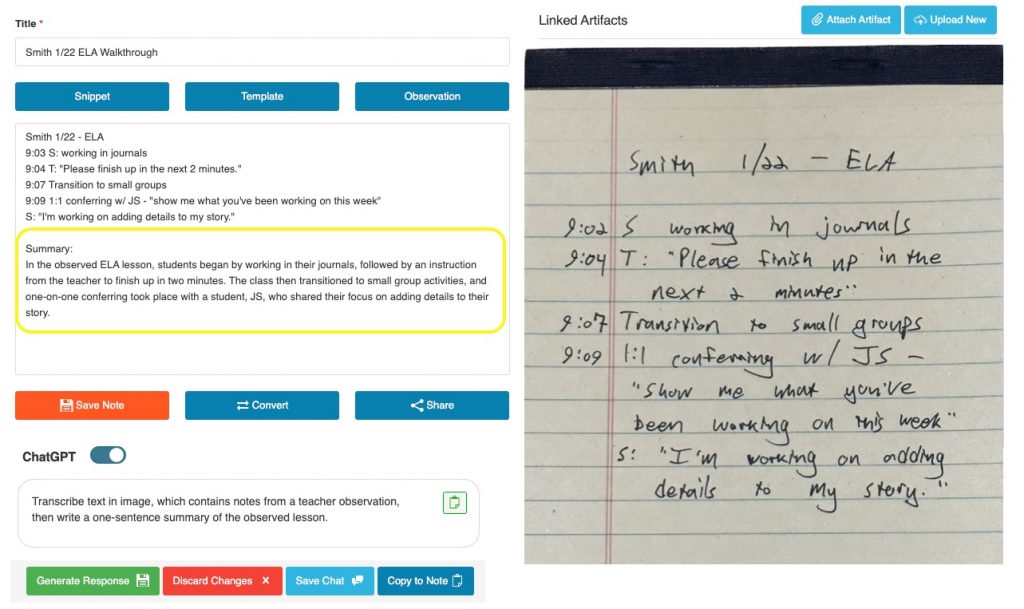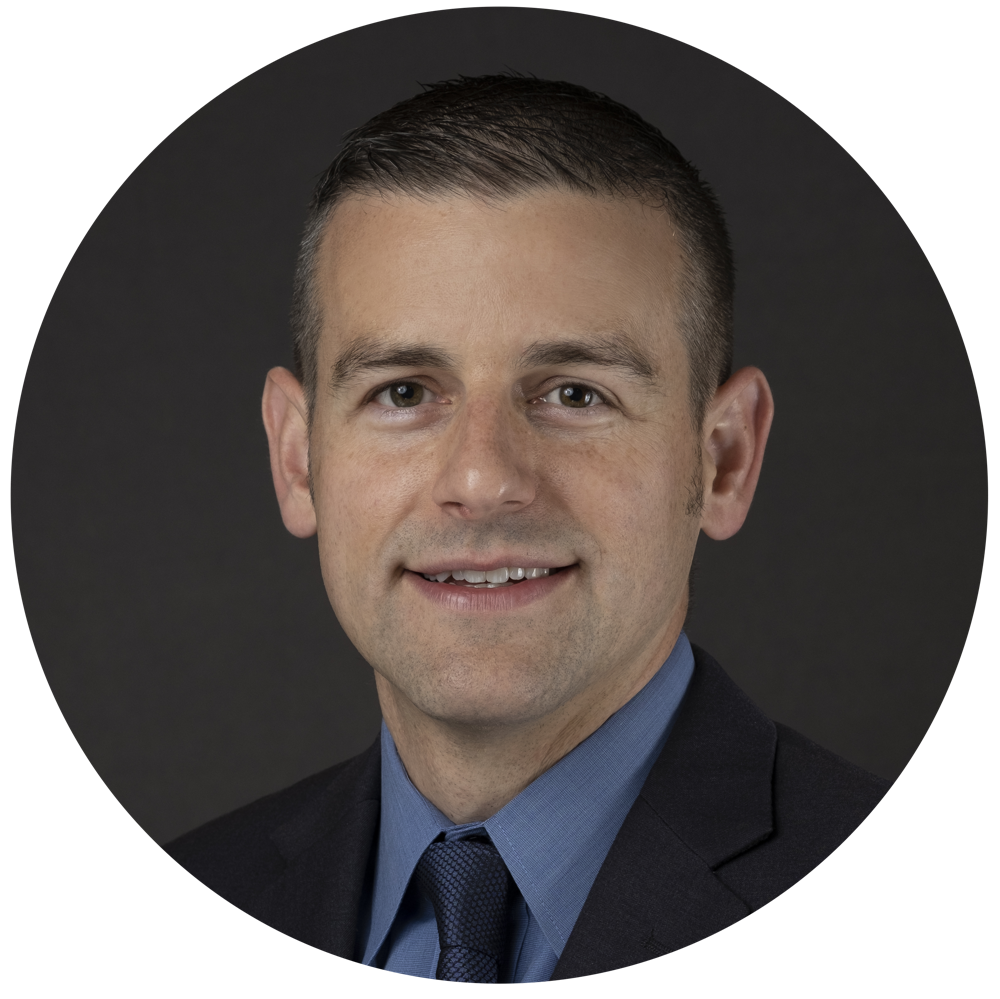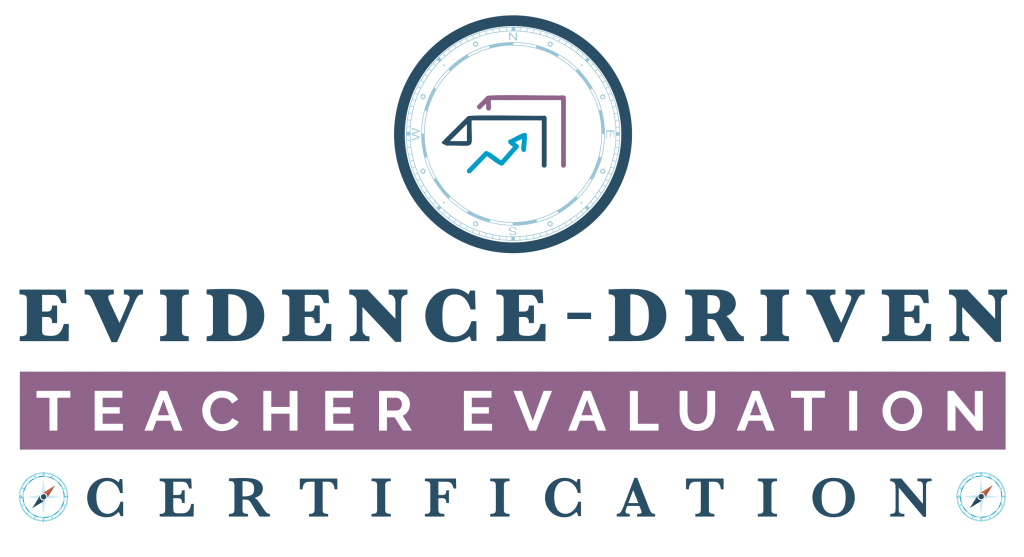By Justin Baeder, PhD
Taking high-quality notes in teacher observations is essential for capturing evidence of practice—so you can have meaningful discussions with teachers.
In this article, we'll discuss best practices for taking classroom observation notes—on paper or with technology.

Paper or Electronic? Do What Works For You
Many people prefer to take handwritten notes in classrooms, for a variety of reasons:
- It can be less distracting to the teacher and students if you use paper and pen, compared with a tablet or laptop
- It's easier to remain fully present and engaged in the lesson if you're not on a device that's constantly sending you notifications
- Many leaders develop an efficient personal shorthand and system of notation over time, making it easy to capture a wide range of information with minimal writing—for example, patterns of student participation
Nonetheless, most people type much faster on a computer keyboard than they can write by hand, so it's understandable that many people bring a laptop for formal observations.
If you use a tablet with handwriting recognition or a keyboard, your preference may fall in between these alternatives.
However you take notes, make sure you have a way to:
- Organize them, so you can find them later, and
- Share them with the teacher immediately
If you type your notes, simply email a copy to the teacher as soon as possible—ideally, before you leave the room.
For handwritten notes, simply take a photo with your phone and leave your original notes with the teacher.
Digitize & Transcribe Handwritten Notes
You can get the best of both worlds—the simplicity of handwritten notes, combined with the flexibility of electronic text—by digitizing your handwritten notes.
For example, in Repertoire, you can upload a photo and use the built-in ChatGPT integration to transcribe and summarize the notes:

You can also use ChatGPT prompts to summarize and analyze your notes, which can inform your feedback conversation with the teacher.
Share Your Notes with the Teacher
Why is it so important to share your notes with the teacher right away?
As your post-observation conference approaches, the teacher may be worried about what you wrote down—is bad news coming?
The fear that you're compiling a portfolio of secret evidence to use against them can be overwhelming, and can make it difficult to have a productive discussion about the lesson.
Sharing your notes right away minimizes this fear, and makes it more likely that you'll have a low-stress, collegial discussion about the lesson.
In the postconference itself, ensuring that you and the teacher both have a copy of your notes makes it easier to keep your discussion centered on the evidence, because you can refer to low-inference descriptions of what took place, rather than your overall impressions.
Keep Your Notes Descriptive and Low-Inference
Your raw observation notes are neither evaluative remarks nor advice to the teacher. They are simply descriptive evidence of classroom practice.
In this article, I recommend that you:
- Capture verbatim quotes from the teacher and students
- Note each instructional activity and transition
- Include timestamps in your notes, so you can reconstruct the flow of the lesson
- Note what students who aren't talking or getting the teacher's attention are doing, too
- Jot down clarifying questions to ask in the post-conference
Read More: How To Take Low-Inference Notes Aligned with Evaluation Criteria
Focus your efforts on paying attention and taking notes during the observation, and avoid three major types of distractions:
- Generating reflective questions, which don't belong in your notes
- Filling out forms, which can be done later
- Making evaluative judgments such as scores or ratings, which should be done much later
Let's look at each of these issues briefly.
Save Questions for Face-To-Face Discussion
First, if you have clarifying questions, it's OK to jot them down in your notes to ask later.
However, these should be real questions, not feedback in disguise.
A clarifying question is a question you genuinely don't know the answer to.
For example, you might wonder “What did students do yesterday to prepare for this lab?” if you're observing science lesson.
However, a reflective question like “What could you have done to better prepare students for this lab?” is better saved for face-to-face discussion, when you'll have a much better sense of whether it's a good question to ask.
Putting reflective questions in your notes can cause undue stress for the teacher, who may feel compelled to write an essay-length response, or may perceive such questions as criticism, even if that's not your intent.
Asking a reflective question is a delicate art best saved for face-to-face feedback conversations.
Fill Out Forms Later (If At All)
In recent years, many form-based evaluation systems have been adopted to ensure that certain types of information are collected.
For example, some platforms specify each of the domains of practice in which administrators must supply evidence and/or ratings.
While it's appealing to take some fo these steps toward the final evaluation, it's both premature and distracting to complete these steps during an observation.
While you're in the classroom, focus on paying attention and taking high-quality notes.
If you're required to fill out a form in another platform, do it after your postconference with the teacher.
Defer Ratings & Evaluations
By the same token, if you're required to score or rate teacher practice, make such judgments as late in the process as possible—when you have the most perspective and evidence.
As a rule, I do not recommend scoring individual observations, because evaluation criteria are typically written with a much broader unit of analysis in mind—the entire school year.
Not everything teachers are responsible for can occur or be observed in a single lesson, so attempting to rate practice based on one observation is an exercise in frustration.
At a minimum—if you are required to score individual observations—do so after meeting with the teacher for a postconference.
Learn more: Repertoire App

Repertoire is the professional writing app for instructional leaders.
Whether you prefer to type or take handwritten observation notes, Repertoire is the perfect tool to keep your teacher supervision & evaluation process on track.
Learn more or request a demo »
Learn More: Evidence-Driven Teacher Evaluation
Want to develop your capacity for instructional leadership through teacher observations and evaluations?
Learn more about the Evidence-Driven Teacher Evaluation Certification Program.

About the Author
Justin Baeder, PhD is Director of The Principal Center, where he helps senior leaders in K-12 organizations build capacity for instructional leadership by helping school leaders:
- Confidently get into classrooms every day
- Have feedback conversations that change teacher practice
- Discover their best opportunities for student learning
He holds a PhD in Educational Leadership & Policy from the University of Washington, and is the host of Principal Center Radio, where he interviews education thought leaders.
His book Now We're Talking! 21 Days to High-Performance Instructional Leadership (Solution Tree) is the definitive guide to classroom walkthroughs, and his book Mapping Professional Practice (with Heather Bell-Williams) helps instructional leaders create instructional frameworks to establish shared expectations for practice.

